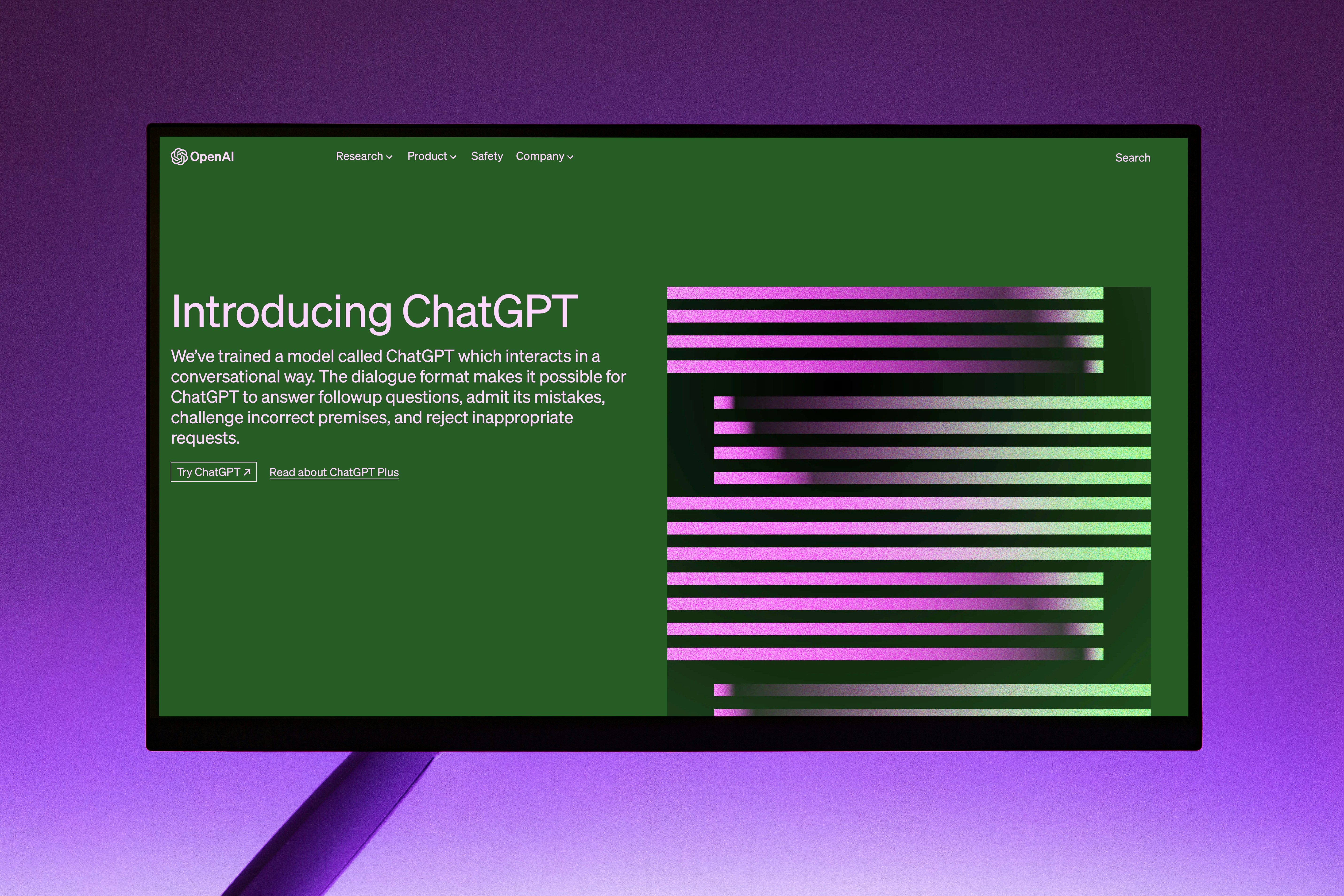Related Jobs
View all jobsElectronic Design Engineer
Project Manager
Embedded / Firmware Engineer (BLE / IoT)
Junior Embedded / Firmware Engineer (RTOS)
Embedded Systems Engineer
Subscribe to Future Tech Insights for the latest jobs & insights, direct to your inbox.
Industry Insights
Discover insightful articles, industry insights, expert tips, and curated resources.

Pre-Employment Checks for Edge Computing Jobs: DBS, References & Right-to-Work and more Explained
Pre-employment screening in edge computing reflects the discipline's unique position at the intersection of distributed systems architecture, real-time processing, and critical infrastructure deployment. Edge computing professionals often have privileged access to mission-critical systems, industrial control networks, and sensitive operational data that form the backbone of autonomous systems and real-time decision-making capabilities. The edge computing industry operates within complex regulatory frameworks spanning cyber security directives, industrial safety standards, and emerging IoT governance regulations. Edge computing specialists must demonstrate not only technical competence in distributed architecture and low-latency systems but also deep understanding of operational technology security, industrial protocols, and the safety implications of real-time autonomous systems. Modern edge computing roles frequently involve managing industrial control systems, autonomous vehicle networks, smart city infrastructure, and critical operational systems across multiple security domains and regulatory frameworks simultaneously. The combination of system-level privileges, real-time control capabilities, and safety-critical responsibilities makes thorough candidate verification essential for maintaining security, operational continuity, and public safety in edge-deployed systems.

Why Now Is the Perfect Time to Launch Your Career in Edge Computing: The UK's Distributed Intelligence Revolution
The United Kingdom stands at the forefront of an edge computing revolution that's fundamentally transforming how we process data, deliver services, and interact with technology in real-time. From the 5G networks powering autonomous vehicles in Birmingham to the smart city sensors monitoring traffic in Manchester, Britain's transition to distributed computing architectures has created an unprecedented demand for skilled edge computing professionals that far exceeds the current talent supply. If you've been seeking a career at the cutting edge of technological innovation or looking to position yourself in one of the fastest-growing sectors of the digital economy, edge computing represents an extraordinary opportunity. The convergence of 5G deployment, Internet of Things expansion, artificial intelligence at the edge, and low-latency application requirements has created perfect conditions for edge computing career success.

Automate Your Edge Computing Jobs Search: Using ChatGPT, RSS & Alerts to Save Hours Each Week
Edge roles cut across telco 5G/MEC, industrial IoT, robotics, computer vision, retail, & smart cities—spread over hardware, networking, & software stacks. Posts land daily on OEMs, telcos, hyperscalers, MSPs, robotics firms, & research labs—often buried in ATS portals or duplicated across boards. The fix: put discovery on rails with keyword-rich alerts, RSS feeds & a reusable ChatGPT workflow that triages listings, ranks fit, & tailors your CV in minutes. This is a copy-paste playbook for www.edgecomputingjobs.co.uk readers. It’s UK-centric, practical, & built to save you hours every week. What You’ll Have Working In 30 Minutes A role & keyword map for Edge Platform, Edge AI/Vision, 5G/MEC, IoT/IIoT, Networking/SRE, Security, & Embedded/Systems. Shareable Boolean searches you can paste into Google & job boards to cut noise. Always-on alerts & RSS feeds delivering fresh roles to you. A ChatGPT “Edge Job Scout” prompt that deduplicates, scores fit & outputs application actions. A lightweight pipeline tracker so nothing slips through the cracks.